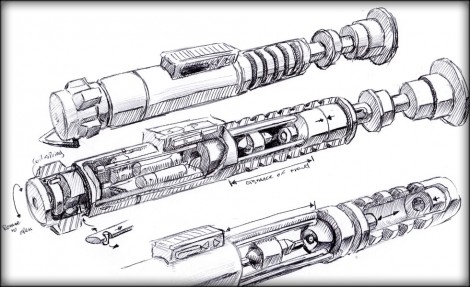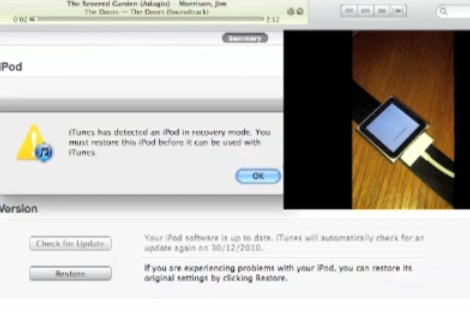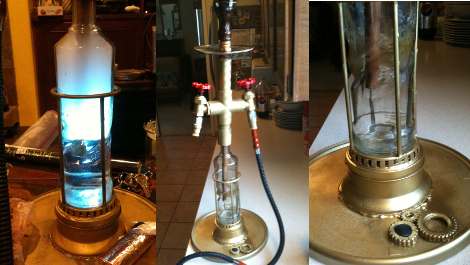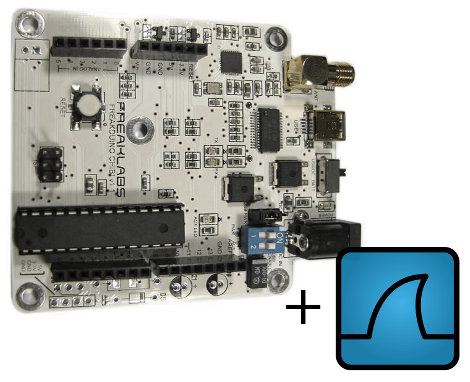
[Bradley W. Lewis] continues to amaze us with this Return of the Jedi Lightsaber build. You’ll remember his fine work from his previous Episode IV replica. He’s taken the parts that turned out well for him and expanded upon them. In the demonstration after the break you’ll see the new version has a removable blade (which happens to house 90 LEDs). Just like the last time he’s got a Hasbro sound board and a speaker to add the Jedi-like sound effects. But there’s another trick up his sleeve. Two parts of the grip slide apart on a spring-loaded assembly to reveal the crystal that gives the weapon its sting. And as we found out the last time, [Bradley] really knows how to share his work in the build log.
Oh, and the drawings above? Well, someone who plans this meticulously obviously knows what they’re doing.
Continue reading “Lightsaber Boasts Detachable Blade And Crystal Chamber”
















